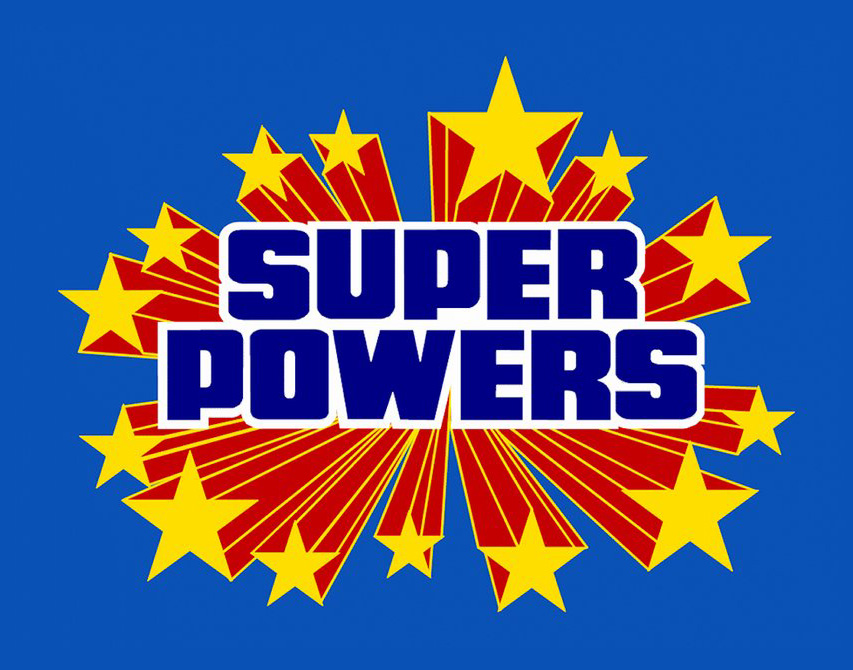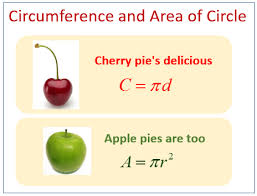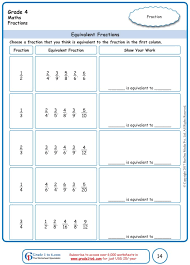Topic outline
-
-
Learning Objectives
- Describe what Dyspraxia (DCD) is and how it can affect learners and their learning
- Identify the characteristics of Dyscalculia
- Locate and recognise possible support strategies for your to share with your learners and/or implement in your teaching.
DON'T FORGET TO WRITE THESE DOWN SO YOU CAN REFLECT ON YOUR ACHIEVEMENT AT THE END OF THE SESSION!
-
Dyspraxia
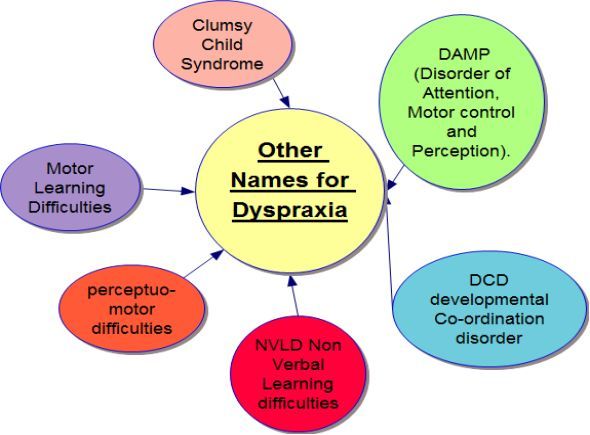
Developmental Co-ordination Disorder (DCD), or as it is more commonly referred to in the UK Dyspraxia, is a form of neuro-diversity in which fine or gross motor-coordination is affected. This may manifest itself in a lack of balance or difficulty when manipulating small objects. It is believed to affect around 10% of the population.
This is a condition that is shared by a number of highly talented people. Daniel Radcliffe, Cara Delevingne and Albert Einstein are or were all dyspraxic!
However, as we saw in the module that considered ADHD and Dyslexia, there is a considerable risk that we focus only on the potential downsides when thinking about learners who have dyspraxia. This is to disregard the fact that their very different way of experiencing the world can bring with it certain benefits which would make them extremely useful members of any group. Why is this? What can individuals who have DCD contribute? Positive attributes often associated with people who have this form of neuro-diversity are:
- creative and original thinking
- well-developed problem-solving skills
- strategic thinking
- great determination
- empathy
- humour
It is also important to recognise that no two learners with DCD will be exactly the same; learners who share a diagnosis of dyspraxia may well experience the condition in very different ways. As Alison Patrick notes in her volume The Dyspraxic Learner: Strategies for Success, "Dyspraxia is on a spectrum, so some learners will be more severely affected and dyspraxic individuals will tend to have a cocktail of symptoms rather than a whole gamut of attributes. Each learner with dyspraxia is unique and effective strategies will vary between individuals." However, it is possible to identify certain aspects of day-to-day life that might prove challenging for anyone with dyspraxia. Those who are dyspraxic might experience problems associated with the following:
- co-ordination, balance and movement
- learning new skills, thinking, and recalling information
- writing, typing and grasping small objects
- social situations
- driving
- depth perception
- directions
- dealing with emotions
- time management and personal organisation
It can affect people of all intellectual abilities.
-
Now Watch the Video
The video useful below provides an overview of Dyspraxia from the perspective of a university student who has been diagnosed with DCD:
-
How Could Dyspraxia Manifest Itself in an FE Setting?
Adults with dyspraxia in FE may well experience a range of motor difficulties that could affect their education. Areas in which this might be most apparent are:
- writing on media such as white boards
- taking legible notes quickly in timed contexts such as lectures
- completing forms, particularly when these need to be handwritten

-
Strategies to Assist Learners with Dyspraxia
As we have noted, dyspraxia is a complex condition which will vary from learner to learner in the ways in which it manifests itself. However, there are strategies that we can put in place to support any member of our groups that has been diagnosed with DCD:
- One thing at a time: focus on giving one instruction at a time, rather than proving a string of potentially confusing bits of information
- The power of repetition: repeat instructions and make a point of checking that they have been understood (this will benefit all learners in the group)
- The power of the tick: encourage the learner to compile to-do-lists, and tick items off as they are achieved

-
Click on the link above for some more useful strategies for supporting learners with dyspraxia.

-
Leave a Comment on the Forum Link Above
- If you have dyspraxia yourself, what sort of impact has this facet of your identity had on you? From the perspective of being a learner, have any strategies been particularly useful?
- If you have taught any learners with dyspraxia, which TLA strategies did you find to be most effective?
- Which of the strategies listed above do you feel will be easiest to implement?

-
Dyscalculia:

What is Dyscalculia
The official definition of this form of neuro-diversity in the UK is: "Dyscalculia is a condition that affects the ability to acquire arithmetical skills. Dyscalculic learners may have difficulty understanding simple number concepts, lack an intuitive grasp of numbers, and have problems learning number facts and procedures. Even if they produce a correct answer or use a correct method, they do so mechanically and without confidence." (Department for Education & Science, 2001)
But what does this mean for someone who is dyscalculic?
As we heard in the video, if you are dyscalculic you might find yourself struggling with concepts linked to the size and order of numbers: for example, judging time or dealing with money. In all probability, the legacy of years of struggling with Maths in examinations and lessons will also have led to poor self-esteem linked to anything about this subject.
-
Strategies to Assist Learners with Dyscalculia
There are, however, a range of strategies that can be put in place to support dyscalculic learners, which is of course something we have a legal and moral obligation to do. Consider adopting the following approaches when planning and delivering your sessions:
- Make it Concrete: a dyscalculic learner would almost certainly struggle with an apparently simple issue such as the permitted word count for assignments, finding it difficult to visualise what 3000 words looks like. In order to overcome this, simply show the learner how many sheets of paper they will need to fill to meet the requirement. Using concrete materials and starting with practical activities should always be at the forefront of the teacher's mind when planning sessions for groups which contain students with this form of neuro-diversity. This strategy will, however, also yield benefits to every learner, as it will help them to grasp concepts more easily.
- Dual-coding: encourage learners to draw a picture to help them understand a problem and ensure that they devote plenty of time to looking at visual information such as graphs and charts.
- Read the problem aloud: provided the learner does not have co-existing reading difficulties, encourage him/ her to read the question out aloud.

-
Click on the link above for some of the sources for the tips listed above and additional reading on dyscalculia, particularly in the context of FE.

-
Leave a Comment on the Forum Link Above
- If you have dyscalculia yourself, what sort of impact has this facet of your identity had on you? From the perspective of being a learner, have any strategies been particularly useful?
- If you have taught any learners with dyscalculia, which TLA strategies did you find to be most effective?
- Which of the strategies listed above do you feel would be easiest to implement?

-
Assess your understanding of what you have read and seen about these two forms of neuro-diversity by clicking on the link above.
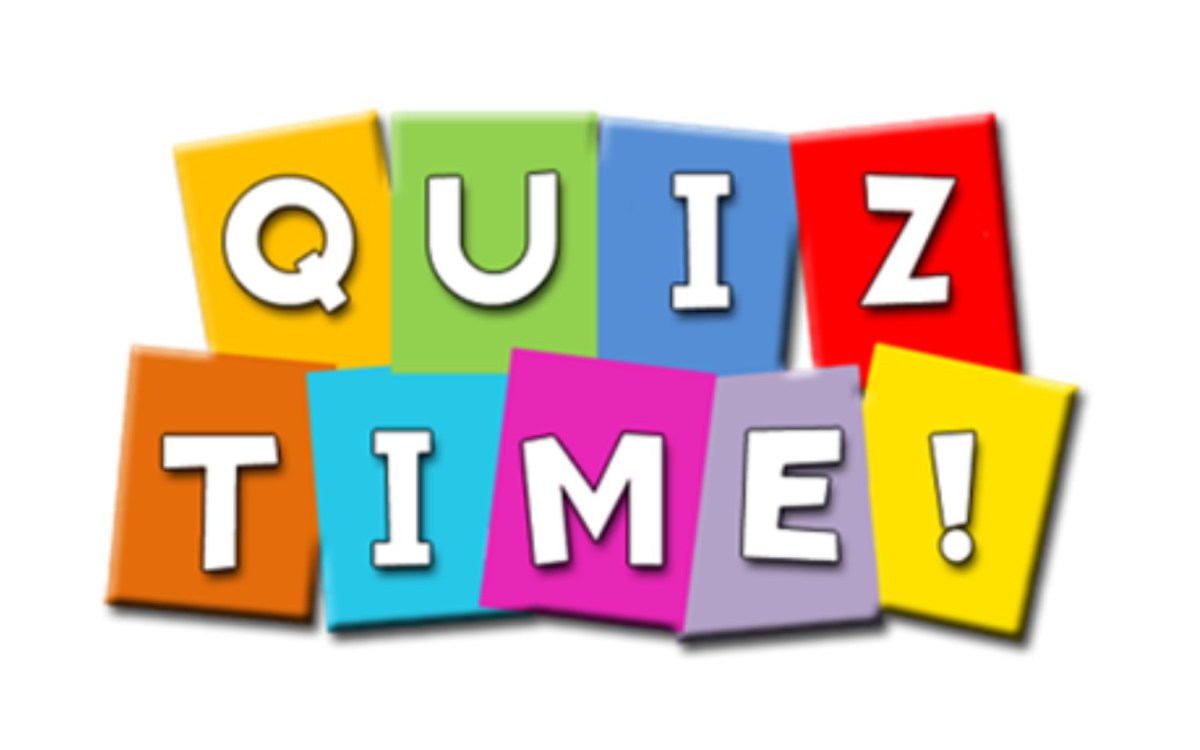
-
Submit feedback
Please tell us if this page was useful - if you found anything confusing please let the QIC Team know by emailing one of them direct.
-




